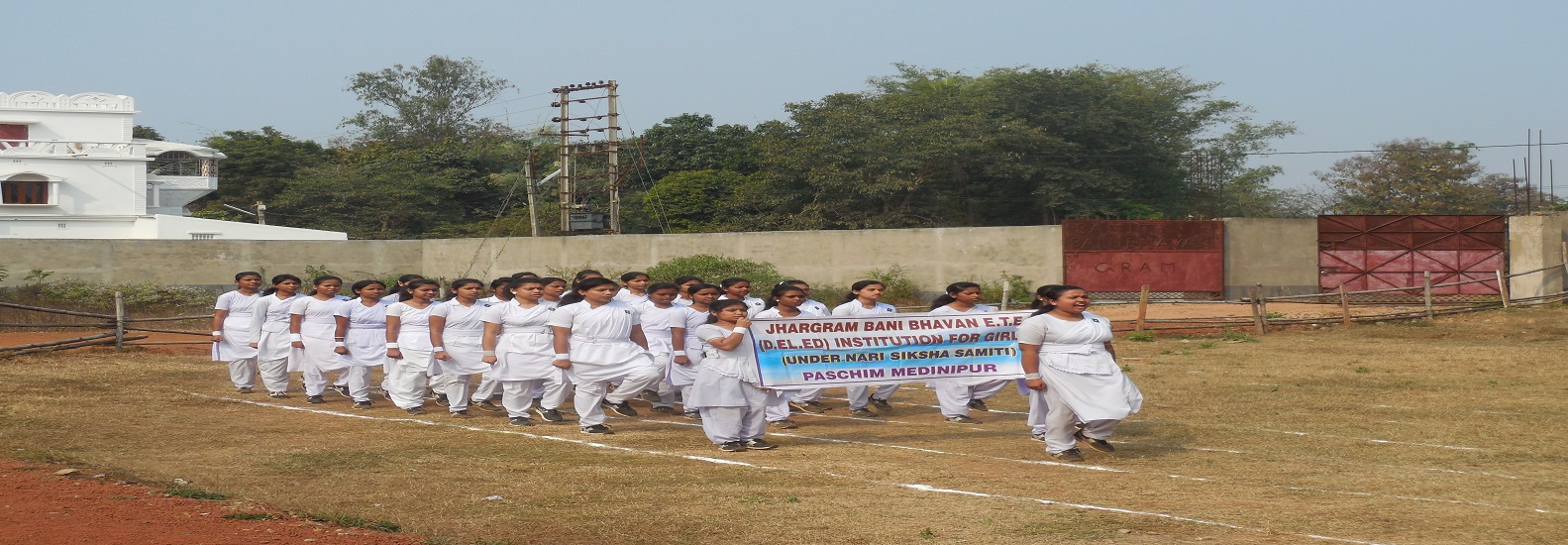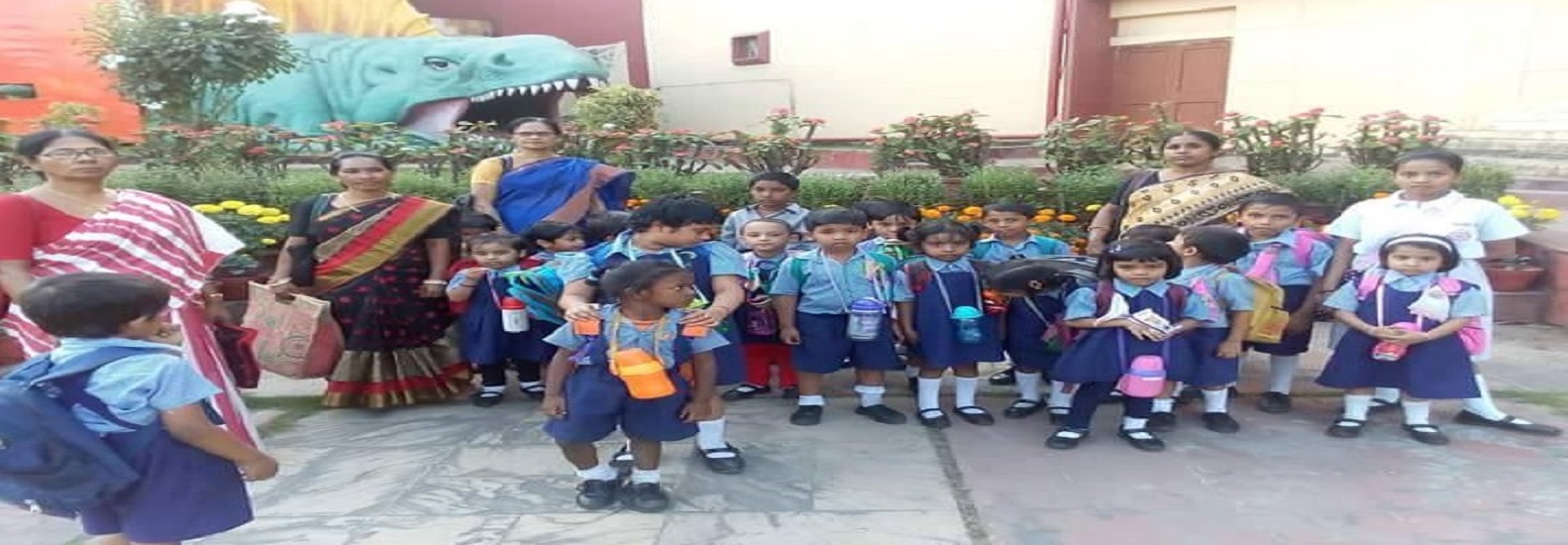Genesis
Ninety nine (99) years ago, Nari Siksha Samiti (a nonprofit making voluntary Society for public charity viz. Education and Vocational Training of Women) came into existence in 1919. It is important to look back to the social history of Bengal of the 19th and early 20th century in order to appreciate the need for such work with women and girls.

Child marriages were the order of the day as the presence of child widows in large numbers in a callous society. Lack of education and total economic and social dependence on the male members of the family resulted in the very low status held by women at that time. Dowry and other social pressures on women in general and some of the disadvantaged sections such as widows, in particular, made the lives of the majority of women intolerable. Under the influence of Raja Rammohan Roy, Pandit Iswar Chandra Vidyasagar, Sister Nivedita, new perceptions concerning women started emerging and those women who were fortunate enough to grow up in the milieu of the new enlightenment did not overlook the plight of the vast majority of their less fortunate sisters.
Read More
Our Activities
Pre-Independence Period:
The Samiti started with three schools in Calcutta and suburbs. The number of institutions gradually increased in the districts as well as in other parts of the city of Calcutta. The number of Adult Education Centers set up by the Samiti was 14. Most of these Schools have developed into High Schools and Colleges. To meet the growing dearth of teachers for these Schools, a scheme of Teachers’ Training was started in 1925(formally from 1935) within the premises of Nari Siksha Samiti.For the education of adult women the Sister Nivedita Adult Education Scheme was started in 1938. Initially, the activities of the Samiti started in a rented house in Badur Bagan Road prior to obtaining the Land from the Calcutta Municipal Corporation 294/3 A.P.C. Road.

Post Independence Period:
It was observed by Lady Bose that “the conditions in the Society” have undergone a rapid change during the last thirty years. Girls are no longer married young, so there are few child widows. In many middle class families the parents themselves provide opportunities to their widowed wards for training to fit them to earn their own living. The problem now is to educate and rehabilitate displaced and economically distressed girls and adult women independent of their marital status. This is the principle on which inmates of the Bani Bhavan are at present recruited.
Our Objectives:
The Memorandum of Association of Nari Siksha Samiti states that the objects of the Samiti Shall generally be

- 1. To give an impetus to the cause of the education of the girls and women in Bengal.
- 2.To impart such education to girls and women as may make them good and helpful wives and mothers and useful members of society, and enable them to earn an honorable living in case of need.
- 3.To establish schools and libraries in different parts of Bengal towards promotion of education of the girls and women.
- 4. To development of home industries by helping to establish suitable organization; To establish institution for training of Teachers for instructing girls and women in schools and families.

Read More



















